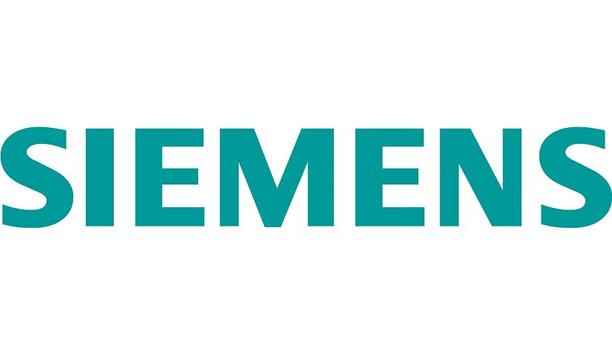 |
| Proper communication network helps people to cope with emergency situations |
IAFC President and Chairman of the Board Jeff Johnson, chief of Tualatin Valley (Ore.) Fire & Rescue, has testified before Congress in support of allocating the 10 MHz of the D Block portion of the 700 MHz band of spectrum directly to public safety to establish a 20 MHz wireless broadband network.
In his testimony before the Emergency Communications, Preparedness and Response Subcommittee of the House Homeland Security Committee, Johnson identified the need for such a nationwide, interoperable communications network. Citing the numerous communications failures that occurred during recent events, such as the World Trade Center attacks and Hurricane Katrina, Johnson stated, "It is clear that a new model is necessary." This network, according to Chief Johnson, would bring an "endless list" of benefits to the fire and emergency medical services.
Throughout his testimony, Johnson stressed the importance of saving the 10 MHz of the D Block from an impending FCC auction and instead allocating it to the Public Safety Broadband Licensee to facilitate the construction of a truly nationwide, interoperable communications network. Referring to its position directly adjacent to the existing 10 MHz of the Public Safety Broadband Licensee, Johnson discussed the critical nature of the D Block in creating a public-safety broadband network. "Only with this particular spectrum configuration ... can public safety be assured that it will have the ability to build the network it needs now and into the future."
The communication network should be developed in accordance with public safety requirements |
While expressing the support of the IAFC for a nationwide, interoperable communications network, Johnson described several elements key to creating a successful network, including:
- The D Block must be directly allocated to public safety – Public safety cannot rely on commercial carriers to correctly identify an emergency and what constitutes priority traffic. Lives depend on public-safety communications going through immediately.
- The network must be hardened to public-safety requirements – Towers must be able to withstand all inclement weather, such as tornadoes and hurricanes. The network must also have backups to guarantee operational abilities at all times. Service failure or interruption on a public-safety communications network is not an option.
- The public-safety mission critical voice network must have the ability to broadcast and receive without the network infrastructure being operative – "Talk-around capability ... is the heart of public-safety communications." Public safety works in very hazardous conditions, so the capability to communicate without a network is a basic necessity to protecting lives.
Johnson concluded by stating, "We are working tirelessly with members of Congress, the FCC, the Department of Homeland Security and others ... to achieve this public-safety communications landmark ... This is yours and our one-time opportunity to get this right.












